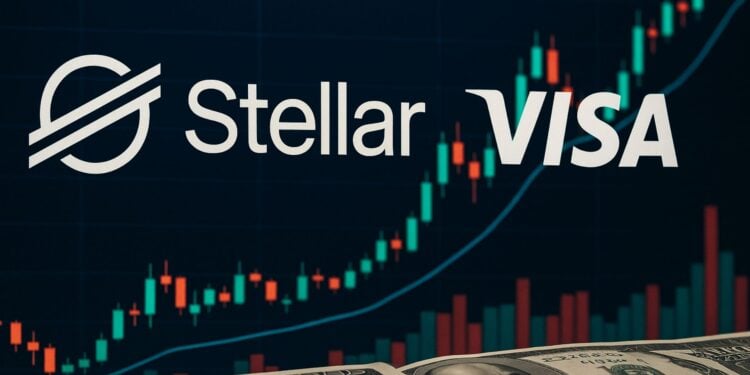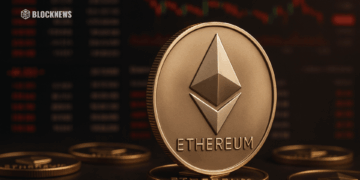- Visa adds Stellar to its stablecoin settlement network, joining Ethereum, Solana, and Avalanche.
- XLM price reacts moderately, signaling investor focus on long-term adoption over short-term hype.
- Partnership could drive major growth in cross-border payments and boost Stellar’s real-world utility.
Stellar just scored a major win. Visa — the payments behemoth processing billions worldwide — has added Stellar to its stablecoin settlement network, a club that already boasts Ethereum, Solana, and Avalanche. This isn’t your average “crypto collab” headline; it’s a direct plug-in to Visa’s real-world payment rails.
From now on, Visa can settle payments using stablecoins like PayPal USD directly on Stellar’s network. Given Stellar’s reputation for near-instant transfers and ultra-low fees, that’s no small development. It’s the kind of move that could bring more institutional eyes to XLM without relying on hype-driven rallies.
XLM Price Response — Calm, Not Crazy
While some traders were bracing for a moonshot, XLM’s price has been more “steady climb” than “skyrocket.” That’s not necessarily a bad thing. The market’s reaction suggests seasoned investors are treating this as a long-term validation of Stellar’s tech, not just another pump-and-dump excuse. Institutional partnerships like this tend to carry more staying power than speculative hype.
Visa’s nod acts almost like a seal of approval, signaling that Stellar’s blockchain is robust enough for one of the world’s most trusted payment processors. That kind of backing can build a sturdier foundation for growth rather than fueling wild, short-lived price swings.
What This Means for Stellar’s Future
Visa’s decision wasn’t random — Stellar’s architecture is tailor-made for cross-border payments, exactly the kind of use case Visa needs for global settlement. This integration effectively unlocks new corridors for international transactions, giving businesses a faster, cheaper option under Visa’s familiar umbrella.
For Stellar, this could mean a sharp uptick in real transaction volume. And for XLM holders, higher network usage often translates into long-term upside. It’s a practical, real-world utility boost — not another niche DeFi experiment or fleeting NFT hype cycle. Instead, it’s a case of blockchain tech being woven into mainstream finance, moving real money across borders.














